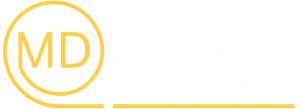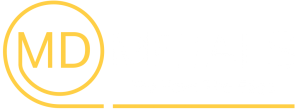burr-free steel in blanking and shearing operations
burr-free steel in blanking and shearing operations
In the competitive landscape of manufacturing, achieving burr-free steel in blanking and shearing operations is essential for ensuring high-quality products and reducing operational costs. Burrs not only compromise the edge quality but also lead to increased downstream rework, affecting efficiency and profitability. This article delves into effective methods for attaining burr-free edges in steel manufacturing, ensuring that tools, processes, and inspections are all aligned for optimal edge quality.
The Importance of Edge Quality in Steel Manufacturing
Edge quality plays a crucial role in various applications, especially where precision components are necessary. High-quality edges enhance assembly accuracy and improve the overall aesthetic appeal of finished products. By focusing on steel edge quality, manufacturers can minimize defects and ensure reliability, leading to enhanced customer satisfaction and reduced waste.
Understanding Burrs and Their Impact
Burrs are unwanted projections of material that form during the cutting process. In blanking and shearing operations, burrs can arise from several factors, including tool wear, inappropriate cutting speeds, and poor edge geometry. Understanding how to control these factors is key to producing burr free blanking results. Not only do burrs detract from the aesthetics of the product, they also pose risks during assembly and can lead to costly rework.
Common Causes of Burr Formation
- Tool Wear: Dull or damaged tools create excessive force during cutting, leading to irregularities.
- Cutting Speed: Incorrect speeds can cause workpiece materials to distort during the cutting process.
- Material Properties: The type of steel being processed often influences the formation of burrs; harder materials may be more prone to this issue.
Effective Techniques for Burr-Free Blanking
Implementing specific techniques can significantly reduce the occurrence of burrs in blanking operations. Applying best practices not only helps in maintaining the steel edge control methods but also ensures efficiency across the board.
Tool Selection and Maintenance
Choosing the right tools is foundational for burr-free operations. Sharp blades and dies designed for precise cuts contribute greatly to minimizing edge defects. Regular maintenance schedules focused on tool sharpness play an integral role in maintaining performance. Investing in high-quality tooling can lead to higher initial costs but saves money in the long run through decreased rework and improved throughput.
Optimizing Cutting Parameters
Finding the right balance in cutting speed and feed rates is essential to achieving optimal edge quality. Adjusting these parameters based on material properties and tooling condition can drastically mitigate burr formation.
Quality Assurance Inspection Protocols
A rigorous quality assurance (QA) inspection protocol is vital in maintaining stringent standards for edge quality. Incorporating advanced technologies for monitoring and evaluating edge geometry can facilitate better control over burr production. By utilizing sophisticated measurement systems, manufacturers can detect edge imperfections early, thus preventing faulty products from progressing further down the production line.
Edge Geometry Measurement Systems
Utilizing automated edge geometry measurement tools can provide real-time feedback regarding burr dimensions. These systems ensure consistent quality checks and allow for rapid adjustments in production settings as necessary, ensuring compliance with desired specifications.
Conclusion
Achieving burr-free steel in blanking and shearing operations requires a holistic approach involving proper tooling, optimized processes, and diligent quality assurance methods. By understanding the predominant causes of burr production and applying effective steel edge control methods, manufacturers can enhance their operational efficiencies and significantly reduce downstream rework costs. Investing time in refining these strategies will yield substantial benefits, establishing a reputation for excellent quality in the blast of fierce competition.


